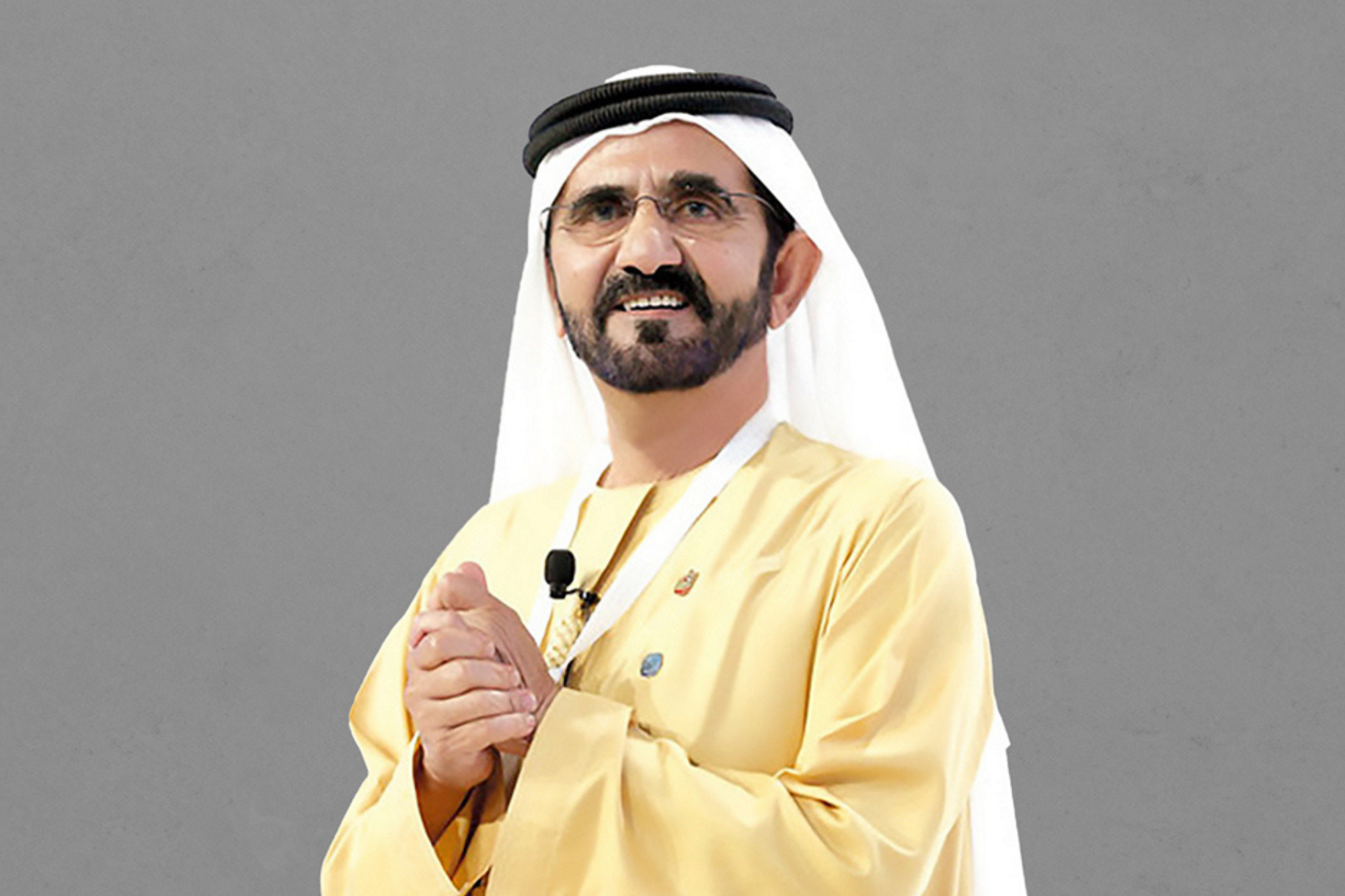Seven Ways To Master Agility In Your OrganizationThe key to building an agile organization begins with hiring talent with the right qualities.
Opinions expressed by Entrepreneur contributors are their own.
You're reading Entrepreneur Middle East, an international franchise of Entrepreneur Media.

Do you remember when, less than a decade ago, a special and hearty moment was referred to as a "Kodak moment"? That implied the moment would be forever cherished and happily remembered. Today, that same expression still serves as an inference to a moment that will never be forgotten; albeit, carrying a much less positive undertone. Especially within corporate environments, a "Kodak moment" serves as a code red that organizations, or individuals, are about to miss a golden development opportunity because they are notadapting rapidly enough to the changing circumstancesinvading their markets.
If it is not broke, why fix it?
Once upon a time, Kodak had healthy profit margins, so much so in fact, that its executives were obsessively narrowed in on increasing film sales and completely rebuffedthe idea of going digital- an invention that was, ironically, pioneered by Kodak engineers themselves. Going digital, they rationalized, meant killing film production, an already successful core competency of theirs. So why venture into destination unknown and accrue risks on a business that was soundly performing today?
As it turned out, this "if it's not broke, don't fix it" mentality led to the photography giant's demise and taught everyone a lesson on the importance of continuous listening, learning, and development. It seems that in today's volatile, technology-infused and competitive landscape, a business can only withstand the test of time if it iteratively and vigorously crash tests its own operating model for improvement. Yes, even if this means cannibalizing itself (lest someone else does it).
A Kodak moment is typically the result of myopic perspectives, too-little-too-late decision-making, and a stifling fear of change and innovation. To put it more succinctly, it occurs when an organization, or individual, lacks the necessary agility to act.
Kodak is not alone in its woes; in today's era of disruptive innovation, organizations that failed to act, took the complacent route, played the waiting game, and refused to see beyond one's immediate short-term priorities have found navigating the era of change a perilous task. The flagging fortunes of Nokia, for example, is another reminder that being agile not just in how you respond to market shifts but in relooking at your organization's vision and focal areas is a no-brainer.
Related:Supporting Startups To Drive Middle East's Digital Economy Innovation
A recipe for staying ahead
Today,agilityis seen as an increasingly imperative trait for organizations that aim to stay ahead of the game. This is further underlined by the evolution of the shared economy– where disruptive industry models are challenging traditional business structures. The success stories crafted by Uber and Airbnb, for example, with no physical assets of their own, underpin the new reality that even the very foundations that traditionally defined a business model, have altered.
敏捷组织DNA鼓励授权ment of employees through efficient decision-making and enabling technology, while cultivating an inclusive, collaborative, and innovative working environment. It inspires collaborative work ethic, rather than a bottom-down hierarchy in decision-making, where every employee is empowered to be creative and innovative.
Aon Best Employers in the Middle Eastcontinues to demonstrate howagility can create substantial benefitsfor improving products, services, processes, and even business models. By breaking down complex problems into manageable modules, then developing solutions for each component through rapid testing and feedback, this speed in decision making places emphasis on continuously adapting rather than sticking to a plan.
So, how are Aon Best Employers in the Middle East achieving this?
Our study shows the below listed seven common practices:
- Seek talent who display agile traits— openness to learning, unafraid of challenging the status quo, and purposefully put themselves in challenging situations.
- Use spot bonuses to recognize contributions when they happen, rather than relying solely on the end-of-year salary increase.
- Design working spaces that allow for frequent interaction.
- Exude honesty and transparency as an organization, so that employees are aware of any changes that might affect them or their work.
- View mistakes as learning opportunities.
- Gather feedback across all points of the employee lifecycle, and at frequent intervals—for example, pre-employment, a week and month into employment, at a change, and at exit.
- 提供反馈频繁的例子,close of a project, which enables improvements on performance and learning through timely iteration, instead of waiting for annual performance reviews.
Learning from the innovators of our time
Thanks to Jeff Bezos, wewent from shopping at brick and mortar bookstores to a one-click delivery servicethat brings books straight to our doorstep. Amazon, too, could have stuck to its core competency of selling books online, but as e-commerce evolved, Jeff Bezos made sure its offerings did too- extending to clothes, electronics, collectibles, and even groceries. Thanks to Elon Musk, the electric car industry once known for their lack of range, low speed and high cost, now represents the future- high-end, high-performance, and high-efficiency.
The steps that both these business icons have taken to reach such disruptive innovations in their respective fields are the perfect examples of agile practices where, one step at a time, big problems were broken down into manageable logistics and solutions were later developed in an effort to be tested and retested continuously for progress. And the key to building an agile organization begins with hiring talent with the right qualities - people with the ability to look beyond norms, and those who are intuitive enough to identify new approaches to drive transformational growth for your organization.
Related:11 Factors That Highlight The Maturing Of The MENA Entrepreneurial Ecosystem












